Product
Beam splitter
A beam splitter is an optical element that divides a beam of light into two beams of light according to a certain ratio of reflection and transmission. In the usual laser optical system, illumination optical system, and spectrometer optical system, the beam splitter is a common optical element. The user can divide the incident light according to the intensity transmission and reflection percentage, and the polarization state of the transmitted and reflected light according to the specific application requirements.
1T Optics offers: Broadband spectroscopic flat sheet for visible light substrates, elliptical broadband spectroscopic flat sheet, aluminized lattice beam splitting flat sheet,
UV fused silica aluminized lattice beamsplitter, UV beamsplitter wedge, standard cube beamsplitter, polarizing cube beamsplitter (PBS), non-polarizing beamsplitter prism and other standard beamsplitters.
The function of the depolarizing beam splitter prism is to divide the incident light intensity according to a certain ratio of reflection and transmission, so it is an ideal beam splitting element when controlling the application of laser beams. The function of the polarizing beam splitter (PBS) is to divide the incident light according to a certain percentage of reflected and transmitted light according to the polarization state of the corresponding light. It is mainly used in the field of laser research and the corresponding optical instrument products.
Filters
Filters can be used to selectively transmit or block certain wavelengths or ranges of wavelengths. Filters are used in applications such as fluorescence microscopy, spectroscopy, clinical chemistry, or machine vision inspection. Filters are suitable for use in the life sciences, imaging, industrial or defense industries. 1T Optics offers a wide variety of filters for multiple applications including Bandpass Interference, Notch, Edge, Dichroic, Color Substrate or ND. At the same time, 1TOptics also offers highly durable hard coatings for those applications that require high optical density and high performance.
Bandpass Filters Interference filters are designed to transmit a portion of the spectrum while blocking all other wavelengths. Notch filters cut off parts of the spectrum and transmit all other wavelengths. Edge or dichroic filters are used to transmit wavelengths longer than the cut-off wavelength, or shorter than the cut-off wavelength. Color substrate filters take advantage of the inherent absorption or transmission properties of the material, while ND filters reduce transmission uniformly over part of the spectrum.
Lenses
Optical lens is an essential optical element in many optical components, mainly for imaging, focusing, collimating, diffusing beams, etc. The lens will affect the wavefront curvature of light, and the lens is a device that can aggregate or disperse light. , there are real images and virtual images. Widely used in security, digital cameras, high-power lasers, optical instruments and other high-tech fields.
1T Optics offers lenses including spherical lenses, aspherical lenses, and cylindrical lenses. Can involve ultraviolet, visible light, infrared wavelengths, you can rely on ultraviolet materials such as: CaF2, fused silica, Schott glass, CDGM glass, Silicate, ZnSe, etc.
Mirrors
Mirror is an optical element that works by the law of reflection, and is generally divided into metal mirrors and dielectric mirrors according to the surface coating. The metal mirror is coated with a layer of silicon monoxide or magnesium fluoride after vacuum evaporation of a metal film layer on the surface of a highly polished substrate. In special applications, since the metal will cause loss or oxidation in special environments, it can be replaced by a multilayer dielectric mirror.
The reflectivity of the metal layer is not sensitive to the incident angle, while the reflectivity of the dielectric layer has a great relationship with the incident angle. If the angular deviation is large, the reflectivity can vary greatly. For example, the dielectric mirror with AOI=45°, the general angle range is 45°±3°, beyond this angle, the reflectivity will change greatly.
In addition, there are some dielectric film layers, the incident angle range is: 0°~45°, but when the incident angle is different, the reflectivity curve will shift, so you need to pay attention when using it.
Prisms
Prisms are composed of at least four or more planes, which intersect two by two. For splitting and dispersing light beams. Because our common prisms are dispersive prisms, deflecting or reflecting prisms, rotating prisms and offset prisms. Deflection, offset, and rotation prisms are commonly used in imaging applications; diffuser prisms are dedicated to dispersive light sources.
In our optical component processing, prisms are usually classified according to their shapes, including right-angle prisms, cubic prisms, Dove prisms, Powell prisms, roof prisms, equilateral prisms, quadrangular prisms, pentagonal prisms, and more.
These optical prisms are widely used in digital equipment, science and technology, medical instruments, and other fields. Such as common cameras, projectors, fingerprint scanners, telescopes, gastroscopes and various laser scanning systems.
Windowss
The windows are used to separate the environment on both sides, such as separating the inside and outside of the instrument, so that the inside and outside of the instrument are isolated from each other, thereby protecting the internal devices. The window is the basic optical element, an optical flat plate that does not change the optical magnification and only affects the optical path in the optical path. The important parameters of the window are light transmittance,
surface accuracy, thickness, parallelism, substrate material and other attributes. The window with suitable parameters can be selected according to the specific application. 1T Optics can provide high-precision windows of various materials, such as zinc selenide windows, germanium windows, silicon windows, barium fluoride windows, calcium fluoride windows used in the infrared spectrum; Fused silica windows and sapphire windows in the spectral band; K9 windows in the visible light spectrum, etc. We have a large stock of stock standard products and can also customize optical windows according to specific needs.

